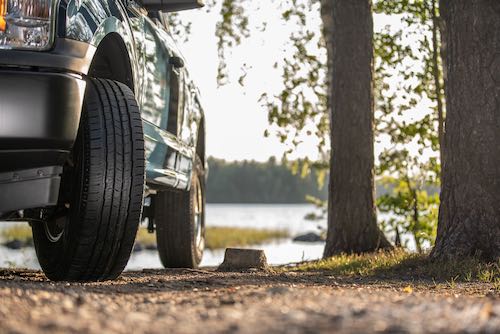There are times when driving is not advisable. Some of these depend on personal reasons and others on the vehicle or the environment. The personal reasons can be everything from being too tired, not feeling well, or being under the influence of alcohol or any substances, including triangle-marked medicines. These are the times to make sure that you avoid driving and wait until you are fully rested and in good condition to drive without any impairments.
When it comes to the vehicle, you should not drive if it isn’t in good drivable condition. You need to make sure that all the lights in the car are working, that the breaks are in good condition, that you have the correct tires for the weather condition, and that the tires are in good condition. A vehicle must pass the roadworthiness tests, and road tax has to be paid, and the vehicle must be registered and insured. All these to ensure that all the vehicles on our roads are safe and will not cause harm to themselves or others.
For the tires, it is important to check that they are the right ones for the season. Most countries have very strict laws on tires, and they also dictate what type of tire you need to use during the all-season and the winter season. For most cases, you will need all-season tires for the summer season and winter or snow tires for the winter season. You can also use winter-approved all-weather tires, which in that case, you can also use during the summer. These tires behave just as well during the summers as the winters and can handle both conditions. This takes away the seasonal tire change, but it puts more weight on the need for a tire rotation at least twice per year to even out differences in wear.
The tires need to be in good condition to free them from cuts or cracks that can lead to a tire explosion while driving. They also need to have the correct legal minimum tread depth. Therefore, you need to measure the tread depth regularly, especially when you start approaching the minimum level, so that you can identify when they are worn out. You also need to keep the tire pressure at the correct level to not increase the tire wear.
There can also be weather conditions that are so bad that you should avoid driving. These can be heavy fog that heavily reduces your visibility. You should also void storms, both heavy rain and thunderstorms, and then snowstorms. It is always safer to avoid driving during these conditions; visibility tends to be impaired as well as changing road conditions can cause major problems. If you are already on the road when the bad weather hits, try to find a safe spot where you can wait for better weather. Then only continue when it is safe to do so.
For more information regarding ensuring that you have the right tires on your vehicle, visit: https://www.nokiantires.com/
